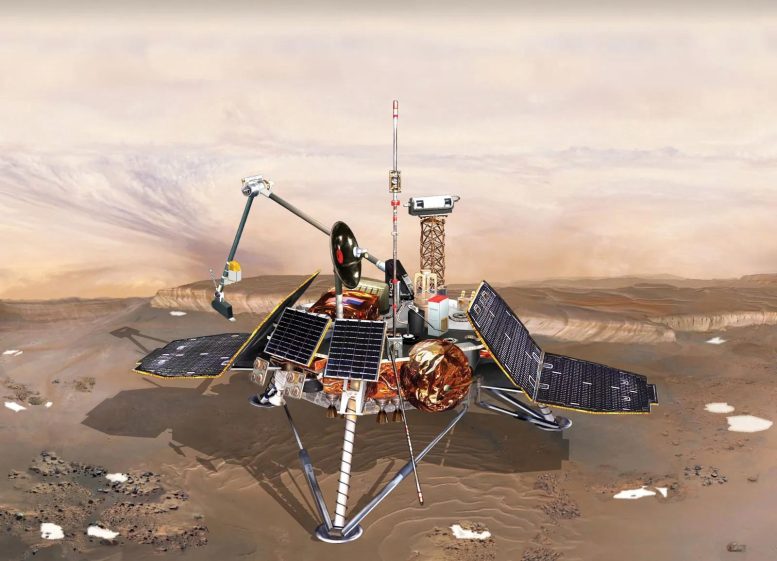
An artist’s concept of NASA’s Mars Polar Lander on the surface of Mars. Credit: NASA/Jet Propulsion Laboratory-Caltech
The Jet Propulsion Laboratory’s success in landing the low-cost Mars Pathfinder mission in 1997 was viewed as proof that spacecraft could be built more often and for far less money — a radical cultural change NASA termed “Faster, Better, Cheaper.”
The “Faster, Better, Cheaper” era also coincided with the discovery of a Mars rock that hinted at the possibility of microbial life elsewhere in the solar system. NASA’s reaction was to envision a steady stream of missions to Mars — all done at cut-rate costs. In fact, the next challenge taken on by the Jet Propulsion Laboratory was to fly two missions to Mars for the price of the single Pathfinder mission. Mars Climate Orbiter and the Mars Polar Lander both made it to the launch pad, on time and on budget, but were lost upon arrival at Mars, resulting in one of the most difficult periods in the history of JPL.
The Breaking Point tells the story of the demise of these two missions and the abrupt end of NASA’s Faster, Better, Cheaper.
Mars Climate Orbiter
Mars Climate Orbiter was a NASA spacecraft launched in December 1998 with the goal of studying the Martian climate and weather patterns. The spacecraft was designed to enter into orbit around Mars and collect data from various instruments on board. Unfortunately, the mission was a failure and the spacecraft was lost soon after it entered the Martian atmosphere in September 1999.
The loss of the Mars Climate Orbiter was due to a failure in communication between the spacecraft’s navigation and propulsion teams. The navigation team was using English units of measurement while the propulsion team was using metric units, leading to a significant error in the calculation of the spacecraft’s trajectory. As a result, the spacecraft entered the Martian atmosphere at a much lower altitude than planned and was destroyed by the friction and heat generated by the atmospheric entry.
The Mars Climate Orbiter mission was a significant setback for NASA, but it also served as an important lesson about the importance of clear communication and consistent units of measurement in space missions.
Mars Polar Lander
Mars Polar Lander was a NASA spacecraft that was launched in January 1999 with the goal of studying the Martian polar regions and searching for evidence of water ice. The spacecraft was designed to land on the Martian surface near the planet’s south pole and deploy two small penetrators to study the subsurface of the planet.
However, like the Mars Climate Orbiter mission, the Mars Polar Lander was also a failure. The spacecraft was lost soon after it entered the Martian atmosphere and was expected to land on the surface. Despite extensive efforts to communicate with the spacecraft and determine its fate, no signals were received and its ultimate fate remains unknown.
There were several possible reasons for the failure of the Mars Polar Lander mission, including a problem with the spacecraft’s landing system or a software error. However, the exact cause of the failure remains uncertain and continues to be the subject of investigation and speculation.
Despite these setbacks, NASA and other space agencies have continued to explore Mars and other parts of the solar system, making many important discoveries and advancements in our understanding of the universe.
JPL and the Space Age Video Series
- Episode 1: The American Rocketeer
- Episode 2: Explorer 1
- Episode 3: Destination Moon
- Episode 4: The Changing Face of Mars
- Episode 5: The Stuff of Dreams
- Episode 6: The Footsteps of Voyager
- Episode 7: To the Rescue
- Episode 8: The Pathfinders
- Episode 9: The Breaking Point
- Episode 10: Saving Galileo
- Episode 11: Mission to Mars
- Episode 12: Landing on Mars
- Episode 13: Triumph at Saturn – Part I
- Episode 14: Triumph at Saturn – Part II



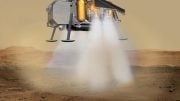
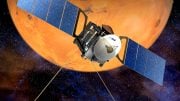
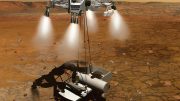
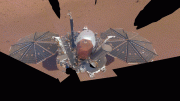


Be the first to comment on "The Breaking Point: Lost Missions at Mars (NASA Documentary)"